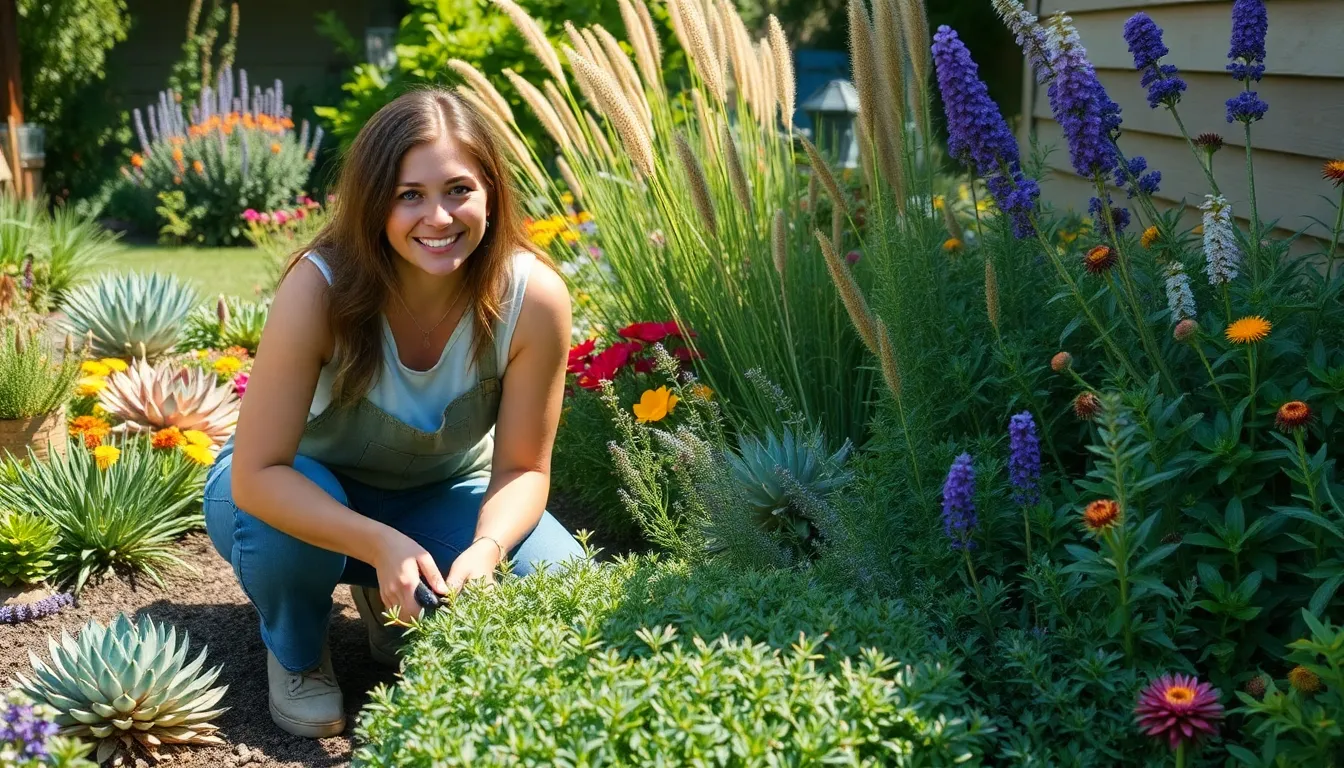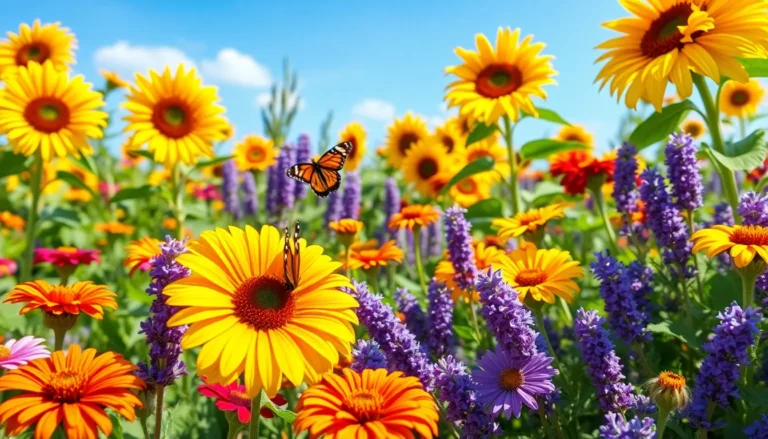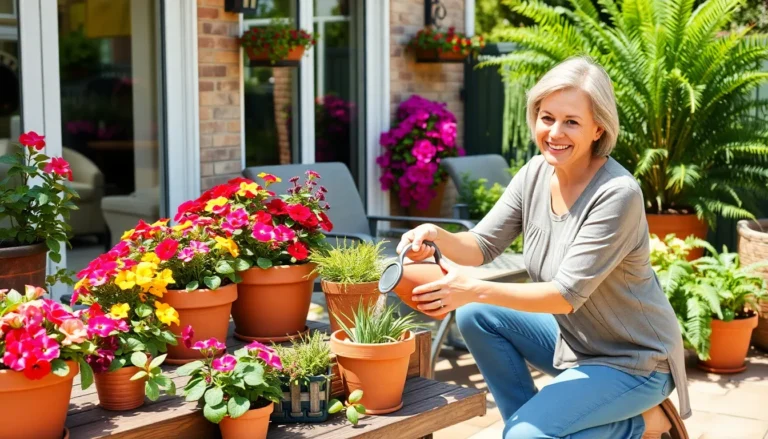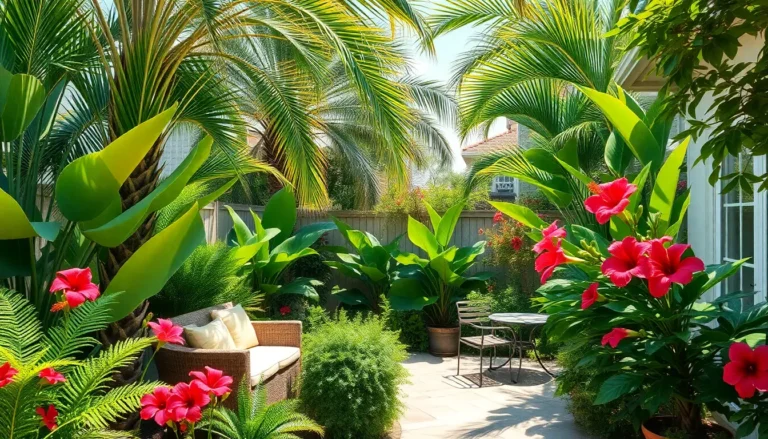For those who love the outdoors but lack a green thumb, low-maintenance outdoor plants are the perfect solution. Imagine a garden that practically takes care of itself while you sip lemonade and bask in the sun. These resilient plants don’t just survive; they thrive with minimal fuss, giving you more time to enjoy nature and less time sweating over a watering can.
Low-Maintenance Outdoor Plants
Low-maintenance outdoor plants provide numerous advantages for gardeners. These benefits enhance gardening experiences and contribute to enjoyable outdoor spaces.
Time-Saving Advantages
Time-saving is a primary benefit of low-maintenance outdoor plants. Minimal watering and infrequent pruning streamline garden care. Plant choices like succulents and native grasses thrive in various conditions, reducing routine labor. These resilient plants flourish without constant attention, making gardening stress-free. Enthusiasts can focus on relaxation and enjoying nature, rather than managing tedious tasks.
Cost-Effectiveness
Cost-effectiveness also stands out with low-maintenance outdoor plants. Reduced need for fertilizers and pesticides lowers overall gardening expenses. Many low-maintenance varieties resist pests and diseases, translating to fewer treatment costs. Plants such as lavender and sedum require less water, decreasing utility bills. Choosing hardy plants boosts longevity, minimizing replacement costs and ensuring a sustainable garden.
Popular Low-Maintenance Outdoor Plants
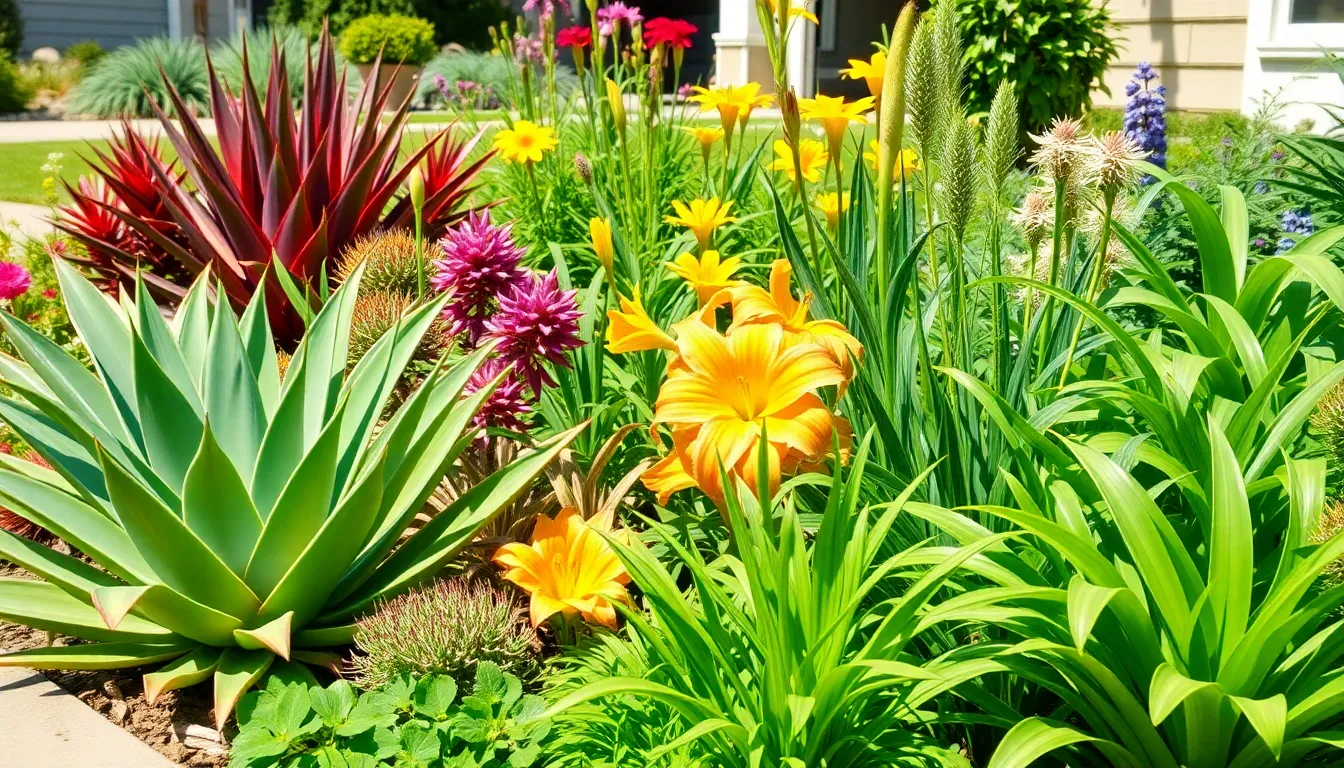
Low-maintenance outdoor plants provide an ideal solution for those seeking beauty without extensive care. Here are some popular options.
Succulents
Succulents thrive in arid conditions, making them perfect for low-maintenance gardens. These plants store water in their leaves, reducing their need for frequent watering. A variety of succulents, such as agave, aloe, and jade plants, offer different shapes and colors for visual interest. They generally require well-draining soil to prevent root rot. Sunlight exposure typically suits most succulents, with many preferring direct sunlight for several hours daily. Easy propagation further adds to their appeal, allowing gardeners to multiply their collection effortlessly.
Perennials
Perennials return year after year, making them an excellent investment for any garden. Plants like daylilies, coneflowers, and hostas exhibit resilience against various weather conditions. Once established, these plants require minimal care, including infrequent watering and occasional deadheading. Varieties offer blooms in different seasons, ensuring continuous color throughout the growing period. Most perennials adapt well to different soil types and conditions, enhancing their versatility. Placing them in appropriate sunlight conditions supports healthy growth, making them a staple in low-maintenance gardens.
Choosing The Right Low-Maintenance Plants For Your Area
Selecting low-maintenance plants requires attention to local conditions to ensure optimal growth. Focusing on the specific characteristics of your area helps in making the best choices.
Climate Considerations
Understanding the climate plays a crucial role in plant selection. Regions that experience arid conditions thrive with drought-tolerant plants like succulents and certain cacti. Conversely, areas with ample rainfall support moisture-loving plants such as hostas and ferns. Gardeners in colder climates benefit from hardy perennials like coneflowers that can withstand frost. Identifying hardiness zones through USDA classifications provides valuable guidance. Knowledge of seasonal variations helps predict what plants will flourish in your outdoor space.
Soil Type
Soil type significantly influences plant health and maintenance. Sandy soils drain quickly and suit drought-tolerant plants such as lavender and ornamental grasses. Clay soils retain moisture, accommodating plants like daylilies and black-eyed Susans. Testing soil pH identifies nutrient availability and guides the selection of suitable plants. Well-drained soil, enriched with organic matter, levels the playing field, allowing a wider array of options. Considering soil amendments enhances growth and reduces long-term upkeep. Selecting plants that naturally adapt to local soil conditions ensures successful gardening with minimal effort.
Care Tips For Low-Maintenance Outdoor Plants
Caring for low-maintenance outdoor plants requires straightforward techniques that ensure healthy growth with minimal effort. Consistent attention in the form of proper watering and pest management makes a significant difference.
Watering and Feeding
Watering practices must align with the needs of specific plants. Succulents thrive on infrequent watering due to their ability to retain moisture. In contrast, perennials benefit from consistent but moderate moisture levels, especially during dry spells.
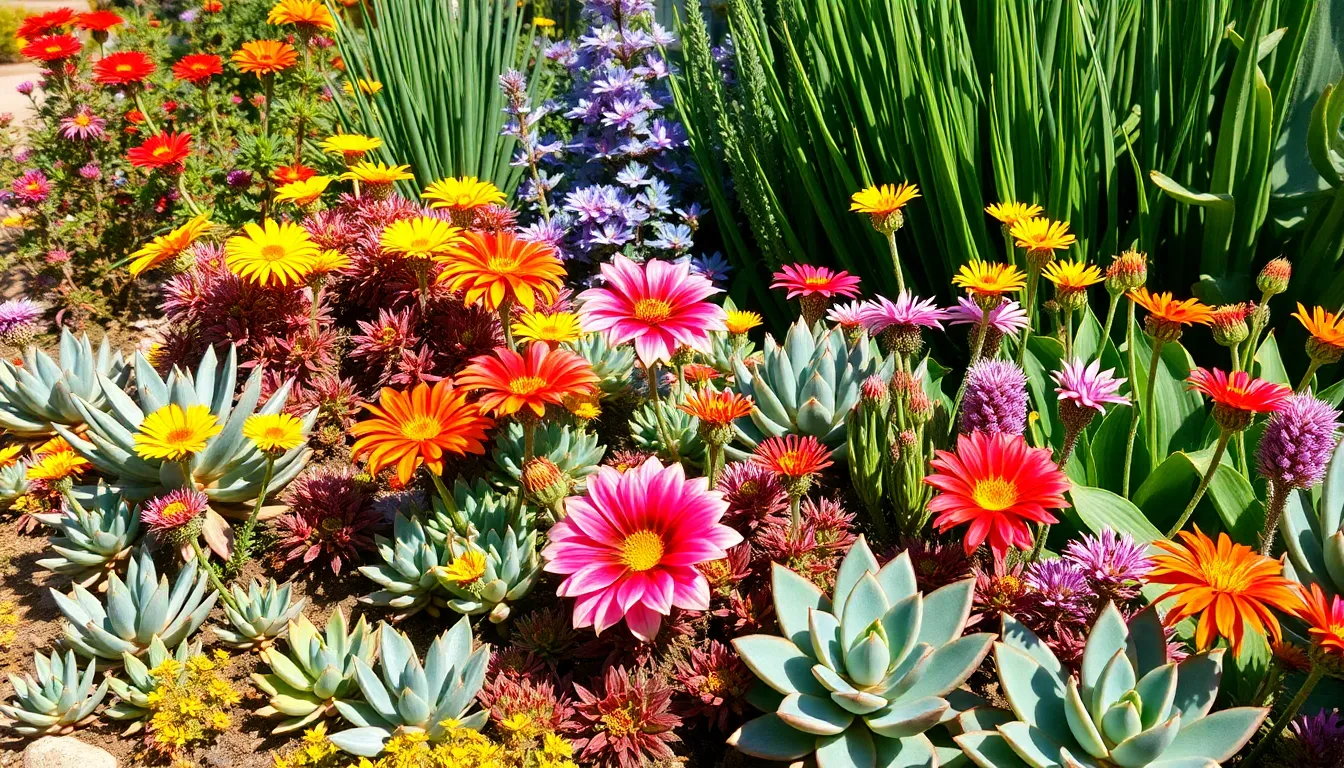
Gardeners should water deeply rather than frequently, allowing the soil to dry slightly between watering sessions. Fertilization also varies; using slow-release fertilizers once or twice a year can sustain growth without overwhelming plants. Monitoring the soil’s moisture and nutrients ensures optimal health without excessive commitment.
Pest Management
Pest management focuses on prevention and minimal intervention. Healthy, resilient plants naturally resist pests, making regular checks essential for early detection. Neem oil or insecticidal soap offers a non-toxic solution for managing unwanted insects, applying it during mild temperatures for effectiveness. Encouraging beneficial insects like ladybugs provides additional pest control, promoting a balanced garden ecosystem. Keeping the garden tidy by removing debris and spent plants reduces pest habitats. By using these strategies, gardeners can maintain a thriving outdoor space with manageable effort.

